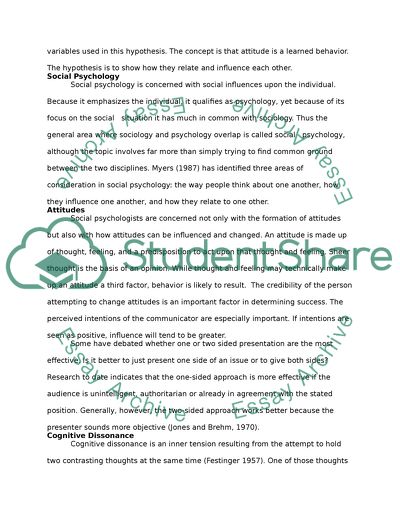Cite this document
(“Attitude a Behavior Research Paper Example | Topics and Well Written Essays - 2000 words”, n.d.)
Retrieved from https://studentshare.org/family-consumer-science/1407118-see-attached-sheet
Retrieved from https://studentshare.org/family-consumer-science/1407118-see-attached-sheet
(Attitude a Behavior Research Paper Example | Topics and Well Written Essays - 2000 Words)
https://studentshare.org/family-consumer-science/1407118-see-attached-sheet.
https://studentshare.org/family-consumer-science/1407118-see-attached-sheet.
“Attitude a Behavior Research Paper Example | Topics and Well Written Essays - 2000 Words”, n.d. https://studentshare.org/family-consumer-science/1407118-see-attached-sheet.


